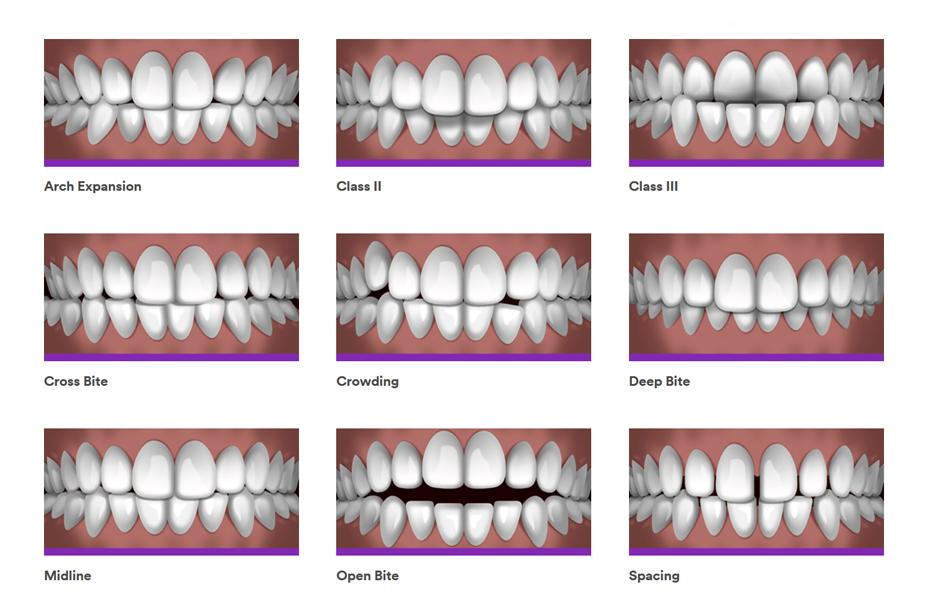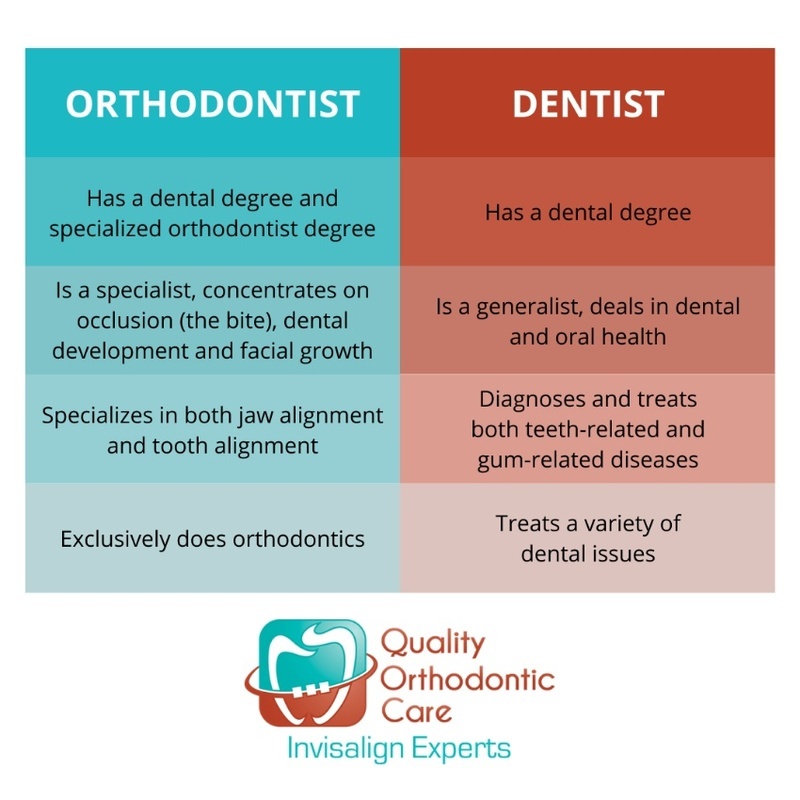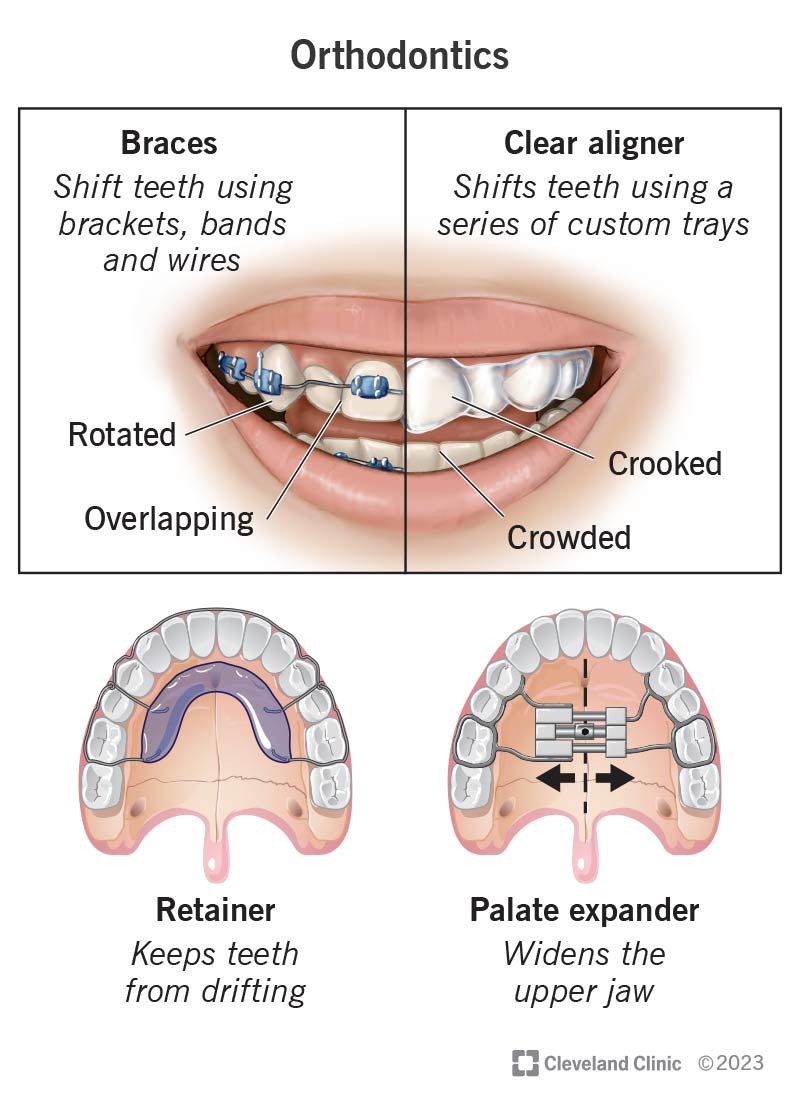The 15-Second Trick For Causey Orthodontics
Table of ContentsCausey Orthodontics Fundamentals ExplainedWhat Does Causey Orthodontics Mean?Causey Orthodontics - The FactsCausey Orthodontics - The FactsNot known Details About Causey Orthodontics
Overlooking occlusal relationships, it was normal to eliminate teeth for a variety of oral concerns, such as malalignment or congestion. The idea of an intact teeth was not extensively appreciated in those days, making bite relationships appear irrelevant. In the late 1800s, the idea of occlusion was vital for creating dependable prosthetic replacement teeth.As these ideas of prosthetic occlusion advanced, it became an indispensable device for dental care. It remained in 1890 that the job and impact of Dr. Edwards H. Angle began to be felt, with his contribution to modern-day orthodontics specifically significant. Concentrated on prosthodontics, he showed in Pennsylvania and Minnesota prior to directing his interest in the direction of dental occlusion and the therapies required to keep it as a regular problem, hence coming to be understood as the "daddy of modern-day orthodontics".

The concept of suitable occlusion, as proposed by Angle and incorporated right into a category system, enabled a change in the direction of treating malocclusion, which is any type of deviation from typical occlusion. Having a complete collection of teeth on both arches was very looked for after in orthodontic therapy because of the need for specific partnerships in between them.
6 Simple Techniques For Causey Orthodontics
As occlusion ended up being the crucial concern, face percentages and aesthetics were disregarded - orthodontist expert. To accomplish ideal occlusals without utilizing exterior forces, Angle proposed that having ideal occlusion was the ideal way to obtain optimum face appearances. With the passing away of time, it ended up being rather obvious that even an outstanding occlusion was not appropriate when thought about from a visual perspective
It ended up being noticeable that orthodontic therapy could adjust mandibular advancement, resulting in the formation of functional jaw orthopedics in Europe and extraoral force steps in the United States. Nowadays, both functional devices and extraoral tools are used around the globe with the objective of modifying development patterns and forms. As a result, seeking true, or a minimum of boosted, jaw relationships had become the primary purpose of treatment by the mid-20th century.
Some Ideas on Causey Orthodontics You Need To Know
 The American Journal of Orthodontics was developed for this function in 1915; before it, there were no scientific goals to follow, neither any type of exact classification system and brackets that lacked features. Until the mid-1970s, dental braces were made by wrapping metal around each tooth. With advancements in adhesives, it ended up being feasible to instead bond metal braces to the teeth.
The American Journal of Orthodontics was developed for this function in 1915; before it, there were no scientific goals to follow, neither any type of exact classification system and brackets that lacked features. Until the mid-1970s, dental braces were made by wrapping metal around each tooth. With advancements in adhesives, it ended up being feasible to instead bond metal braces to the teeth.Andrews offered an informative definition of the perfect occlusion in irreversible teeth. This has actually had meaningful impacts on orthodontic treatments that are administered frequently, and these are: 1. Correct interarchal connections 2. Proper crown angulation (tip) 3. Proper crown disposition (torque) 4. No turnings 5. Limited get in touch with factors 6. Apartment Curve of Spee (0.02.5 mm), and based on these principles, he discovered a treatment system called the straight-wire device system, or the pre-adjusted edgewise system.
The advantage of the design depends on its brace and archwire combination, which needs just minimal cable bending from the orthodontist or clinician (orthodontist near me). It's appropriately called after this function: the angle of the slot and density of the bracket base eventually establish where each tooth is positioned with little demand for added adjustment
About Causey Orthodontics
Both of these systems utilized the same braces for every tooth and necessitated the bending of an archwire in 3 planes for locating teeth in their preferred placements, with these bends dictating supreme positionings. When it concerns orthodontic home appliances, they are split into two types: removable and dealt with. Removable home appliances can be tackled and off by the client as needed.

Therefore, mostly all contemporary set home appliances can be considered variations on this edgewise device system. Early 20th-century orthodontist Edward Angle made a major contribution to the globe of dental care. He developed four unique home appliance systems that have actually been utilized as the basis for many orthodontic therapies today, preventing a few exceptions.
See This Report on Causey Orthodontics

The cable finished in a string, and to relocate forward, an adjustable nut was made use of, which enabled a rise in area. By ligation, each private tooth was connected to this large archwire (orthodontist expert). As a result of its limited series of movement, Angle was incapable to achieve exact tooth placing with an E-arch
These tubes held a soldered pin, which can be repositioned at each consultation in order to relocate them in place. Called the "bone-growing home appliance", this gizmo was thought to motivate much healthier bone development because of its possibility for moving force directly to the roots. However, implementing it verified bothersome in truth.